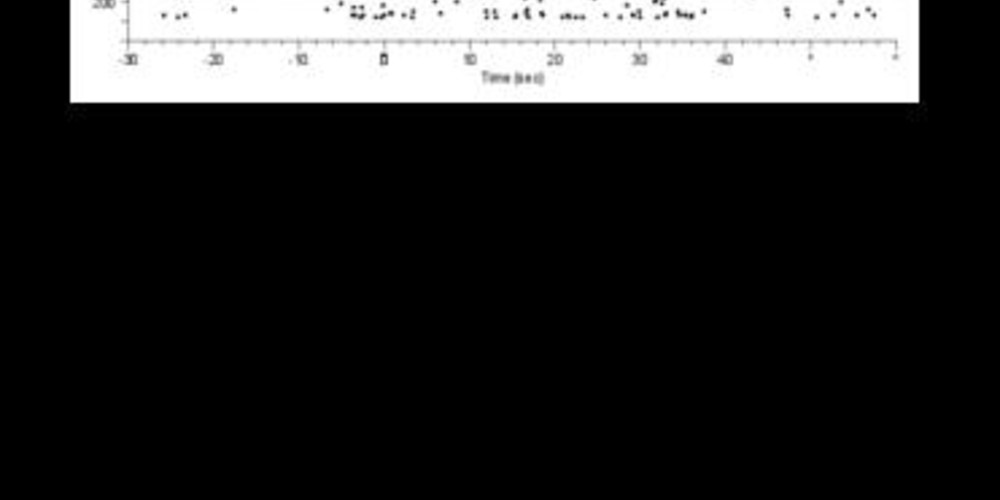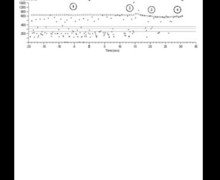VF counter and lead dysfunction
Tracing
Manufacturer Medtronic
Device ICD
Field Counter
N° 4
Patient
Patient implanted with a dual-chamber ICD (Virtuoso DR) for ischemic cardiomyopathy and hospitalized following the occurrence of several electrical shocks without prior symptoms; this tracing suggests the advantage of increasing the number of intervals required for initial detection to 30/40 beats in order to reduce the risk of inappropriate therapies.

Graph and trace
The graph is highly evocative of a lead dysfunction with a very irregular ventricular rhythm, alternation of very short intervals at the limit of the blanking period and slower intervals with a scatter plot pattern; 3 maximum electrical shocks were delivered with persistence of oversensing.
- the EGM reveals an oversensing of disorganized, very rapid, non-physiological and relatively low-voltage ventricular signals;
- the oversensing is intermittent although the initial VF counter programmed at 12/16 is filled;
- the shock is delivered, the confirmation phase at the end of the charging period finding at least 2 rapid intervals out of 5;
- the oversensing persists and redetection of a VF;
- second electrical shock;
- the oversensing persists and redetection of a VF;
- third electrical shock.
Other articles that may be of interest to you
EGM recordings






This tracing shows a characteristic feature of lead dysfunction associated with the occurrence of multiple electrical shocks. The oversensing could be reproduced by opposing maneuvers, favoring the oversensing of pectoral myopotentials which could already be evoked on the tracing given the low voltage and high frequency of the detected signals. The graph reveals a scatter plot pattern with alternation between short intervals (blanking limit) detected in the VF zone and longer intervals classified as VS. The preponderance of short intervals versus long intervals explains that the 75% ratio required to fill the initial counter is met. A lead dysfunction is most often initially revealed by short episodes diagnosed as non-sustained VT (a few intervals). The duration of the episodes of overdetection generally increases progressively in parallel with the wear of the lead. In order to prevent the occurrence of inappropriate shocks, it is clear that in addition to a rapid diagnosis supported by ICD telemonitoring, one solution is to increase the number of intervals required for the initial diagnosis of VF. This is one of the essential components of the LIA algorithm: diagnosis of lead fracture based on the search for short intervals, non-sustained VT episodes and abnormal values or substantial variations in impedance measurements leading to the automatic prolongation of the initial VF counter to 30/40. In the aftermath of the problems with the Fidelis lead, MedtronicTM systematically integrated this algorithm into its new platforms. Today, the initial VF counter is programmed at 30/40 as first line treatment even without signs of lead dysfunction. Results obtained on broad samples have shown that the above programming significantly reduced the number of inappropriate therapies (expected result) but also the number of appropriate but avoidable therapies, the arrhythmia being spontaneously terminated without significantly increasing the risk of syncope.